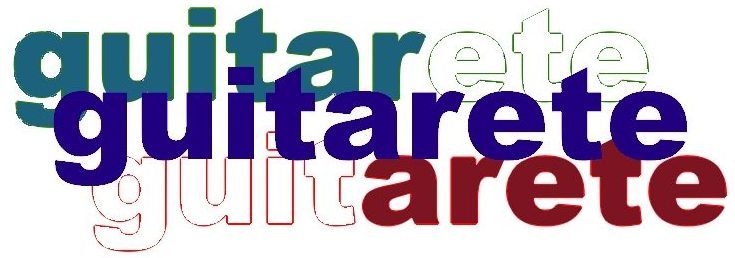Joni Mitchell’s “Shadows and Light” is a brilliant performance document that brings together stage translations of the singer/songwriter/guitarist’s mid-70s period. During this interval, Mitchell released one after another adventurous album: Court and Spark (1974), The Hissing of Summer Lawns (1975), Hejira (1976), Don Juan’s Reckless Daughter (1977), and Mingus (1979). In contrast to the folk and softer rock leanings of her earlier recordings, the brief on this sequence of albums was strongly informed by jazz, and Mitchell brought aboard some of the most cutting-edge jazz musicians of the era, perhaps most notably electric bass innovator and virtuoso Jaco Pastorius.
Although Mitchell herself is the essential guitar presence on her albums, she invited occasional additions from jazz-rock lead player Larry Carlton and Robben Ford. By the time of the late 1979 gigs that led to Shadows and Light, her live band included one of the most innovative young jazz guitarists of the time: Pat Metheny. Four years out from his 1976 debut and close to the cusp of releasing American Garage, Metheny was in what have proven to be rare circumstances in his lengthy and still-evolving career.
Part 1 of 2—Joni Mitchell
Be sure to check back on July 7 for part 2, which will focus on Pat Metheny’s contribution to “Furry Sings the Blues.”
The studio version “Furry Sings the Blues” is on Hejira. Mitchell’s lyrics focus around the late days of New Orleans bluesman Walter “Furry” Lewis, and it is dense with lyrical reflections of the man, the place, his late-life circumstances, as well as Mitchell’s own tangential relationship to him. The song’s instrumentation includes electric bass, handling a prominent hook; at least two tracks of guitars by Mitchell; drums; and a punctuating harmonica.
On Shadows and Light, Mitchell strips “Furry Sings the Blues” down. For nearly the first two minutes, it’s just her voice and her clean electric guitar (very likely the Ibanez hollowbody that she lent to the Metropolitan Museum of Art’s Play It Loud: Instruments of Rock ‘n’ Roll exhibit and very likely played clinically clean through the Roland JC120 visible onstage). Mitchell really doesn’t need more than that. With her guitar in an alternate tuning as she fingerpicks intricate, cliché-free accompaniment to her singing, she provides plenty of colorful chords and unexpected intervals.
To wrap my head around “Furry’s” changes, I listened to both the studio version and the live version. Pretty quickly, I realized that the root motion of “Furry Sings the Blues” isn’t complicated. It is possible to kinda-sorta strum through it using plain old F, G, Am, and D chords. Nothing, however, will make it sound close to right on a standard-tuned guitar. Joni Mitchell’s website includes a section of musical transcriptions, which itself has a section on the elaborate array of alternate tunings she employs. The tuning section offers a list of Mitchell’s songs grouped by tuning, along with a clear explanation of the system she uses to name and recall her myriad tunings. Confusingly, there are two entries for “Furry Sings the Blues, one of which is accurate, the other not so much. I also pretty quickly picked up that the Shadows and Light version is in a lower tuning than the Hejira version. But, suffice it to say, I would not have gotten in same galaxy as the correct tuning—which is, on Shadows and Light, C G D F Bb D, low to high; on Hejira, D A E G C E, low to high—without the kind help of Joni-guitar nerd Howard Wright, who contributed the accurate breakdown of “Furry” to Mitchell’s web site. Once I had my guitar in the correct tuning, however, Mitchell’s musical moves made a lot more sense, and it’s possible to grasp how her right and left hands correspond to the sound of the music.
As a guitarist who plays almost entirely in standard tuning, never venturing much further beyond drop-D or open G, messing around with the radical tuning Mitchell uses on “Furry” is a trip. It’s akin to a visit to a restaurant that puts together familiar ingredients in ways you’ve never before encountered. Jumping off from the chord shapes Mitchell plays on “Furry,” it’s quite fun to feel how differently the guitar resonates with a low C and how differently open-string sonorities rub up against bass notes. And, a little attention to her variety of tunings suggests how inspiring it can be to turn the tuners a little differently, as long as on is willing to forget for a while about playing any standard blues-rock licks.
( Be sure to check back on July 7 for part 2, which will focus on Pat Metheny’s contribution to “Furry Sings the Blues.” )
Click the link below to buy Shadows and Light (and to support Guitarete!)
©2019 Guitarete/Alan Barry


1 thought on “Joni Mitchell and Pat Metheny, “Furry Sings the Blues,” from Shadows and Light (1980)–Part 1”